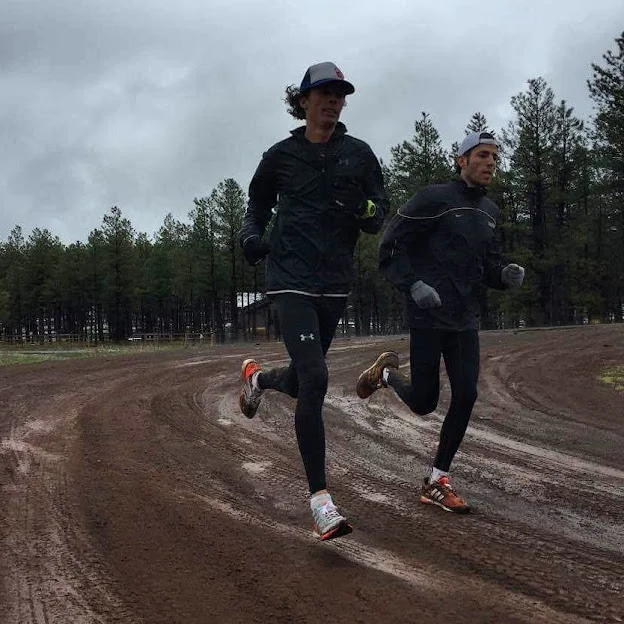Most long runs have some obvious fitness benefits associated with them, but there’s also TWO key things we’re trying to accomplish with every long run.
- We’re trying to practice, and dial in, our fueling strategy.
- We’re trying to utilize a route that is similar to our next upcoming event.
Fueling
The long run is the best time to practice fueling strategy. Most other runs are too short and it doesn’t make sense to waste those annoyingly expensive gels on shorter workouts. For runs 80 minutes or more it starts to make sense to add in fuel. Long runs are the time to be practicing and experimenting with new types of products. We’re also trying to figure out our timing. Are we taking a gel every 30 minutes? Every 40? Every 4 miles? We want a time increment that gives us the most energy. One that we’ve practiced, because what we practice our stomach adjusts to! We really need to be tracking the fuel we’re getting in and taking notes. If we felt like we ran out of energy, and on our fueling sheet it says we only averaged 35 carbs an hour, well maybe we need to be trying 50. If we noticed we started disliking a certain flavor or brand of gel, we can take a note of that, and try something different going forward. Our main goal is that by the time the race comes around, we have a tried and true routine, that we trust, that we’re excited about, and we’ve given our stomach time to adapt to it.
The Route
The best thing we can do is get a route that prepares us for our next event. If we’re running a very hilly marathon, finding a route with a similar elevation profile will adapt our body to those specific ups and downs. In the Ultra world, this is even more important. There are different types of trails, uphills, and descents. To the best of our abilities, we want to look for routes that prepare and mimic our upcoming race conditions. One of the best ways to do this is to look at the elevation profile for your next important race. You can then either calculate the elevation gain and descent per mile (total gain divided by the number of miles) or look to see what kind of big climbs or descents there are and see if you can run any local routes that are very similar. For some folks, we might not have great local options; we just have to do the best we can, and we will be okay! Use some of the route planning tools on Garmin Connect, Strava, Coros, or any of the many others to try to match up elevation profiles when you can.

It’s also important on long runs to remember to start very relaxed and easy and let the length of the run naturally warm up the muscles as you go. On these longer runs it can be a really good time to practice holding all of your gear. In certain races we might need to carry 8 gels at once. I unfortunately once made the mistake of not testing how I was going to carry my gels and water until the race, and I spent the entire race trying not to drop all my gear. It was annoying and awful. If you have a new belt, vest, or some other contraption with pockets, see how much you can comfortably carry well before race day.


